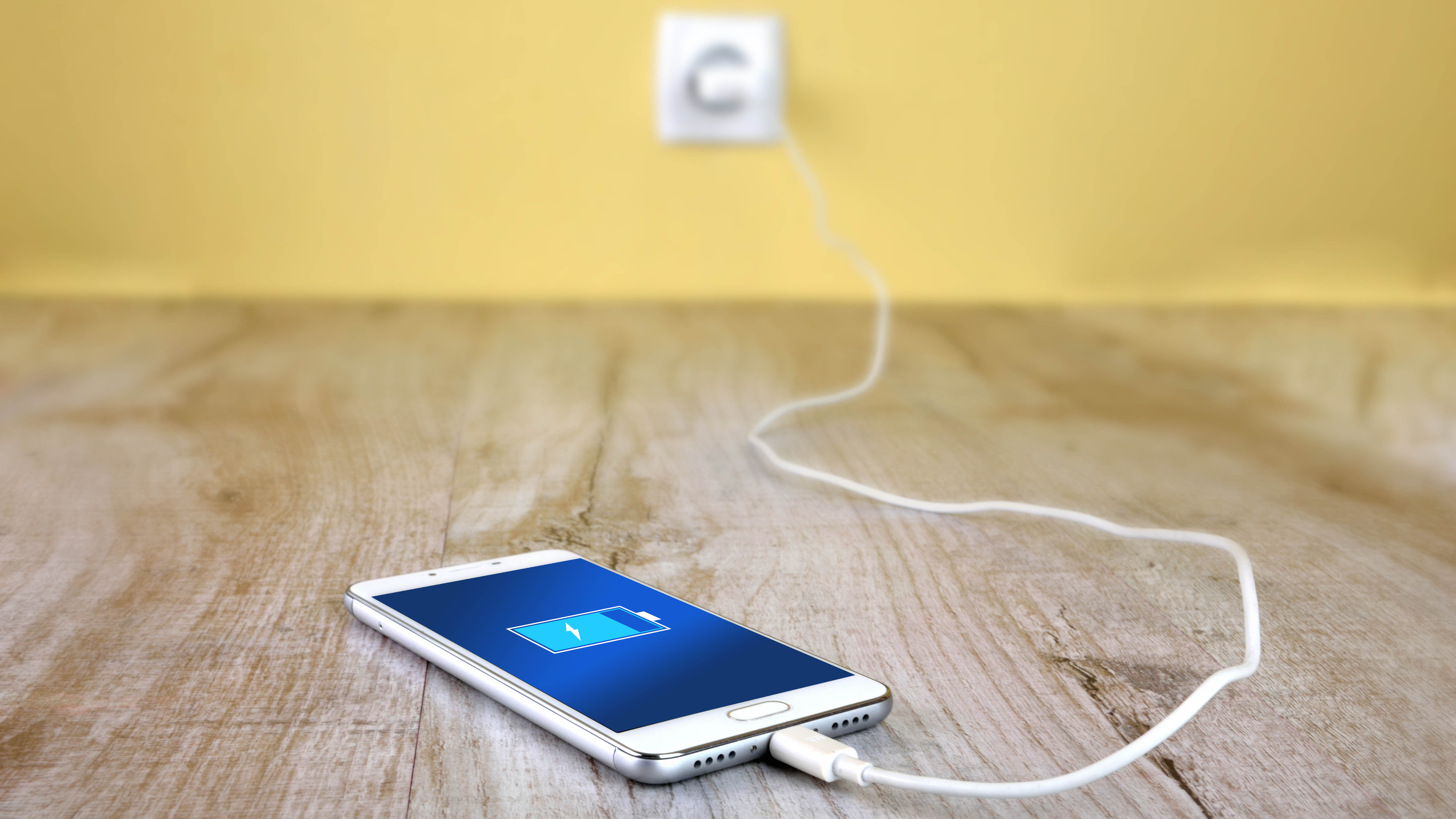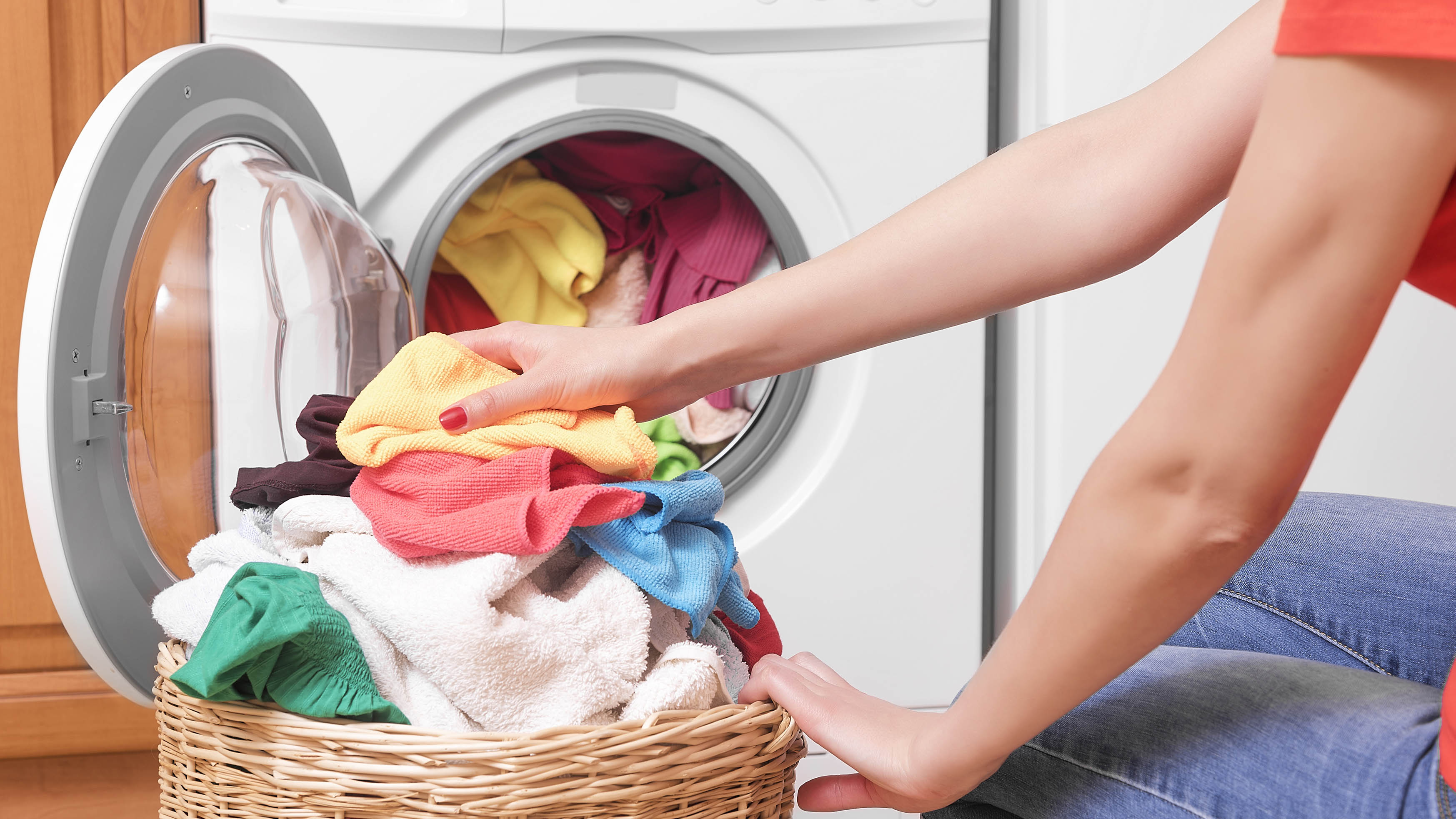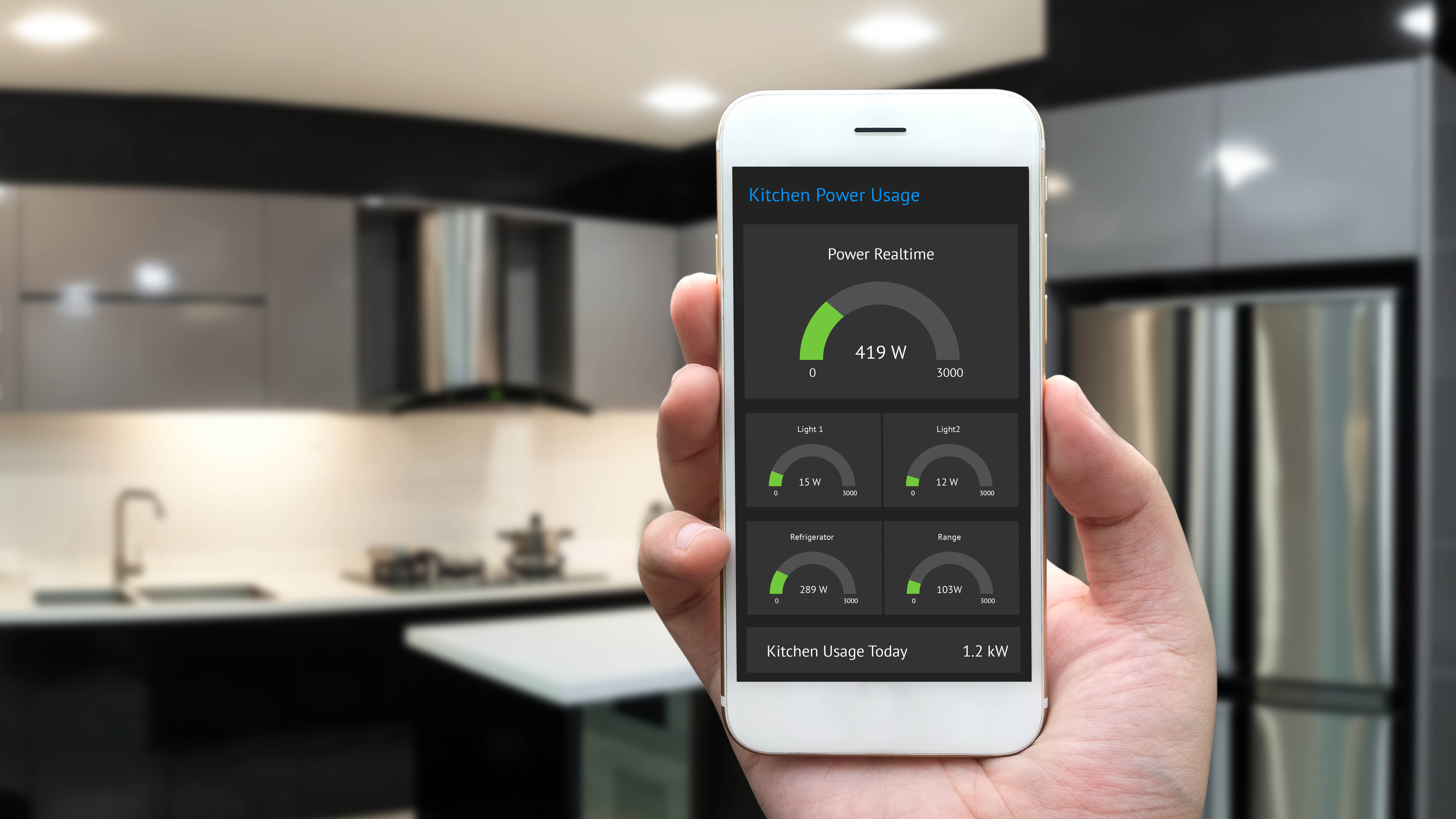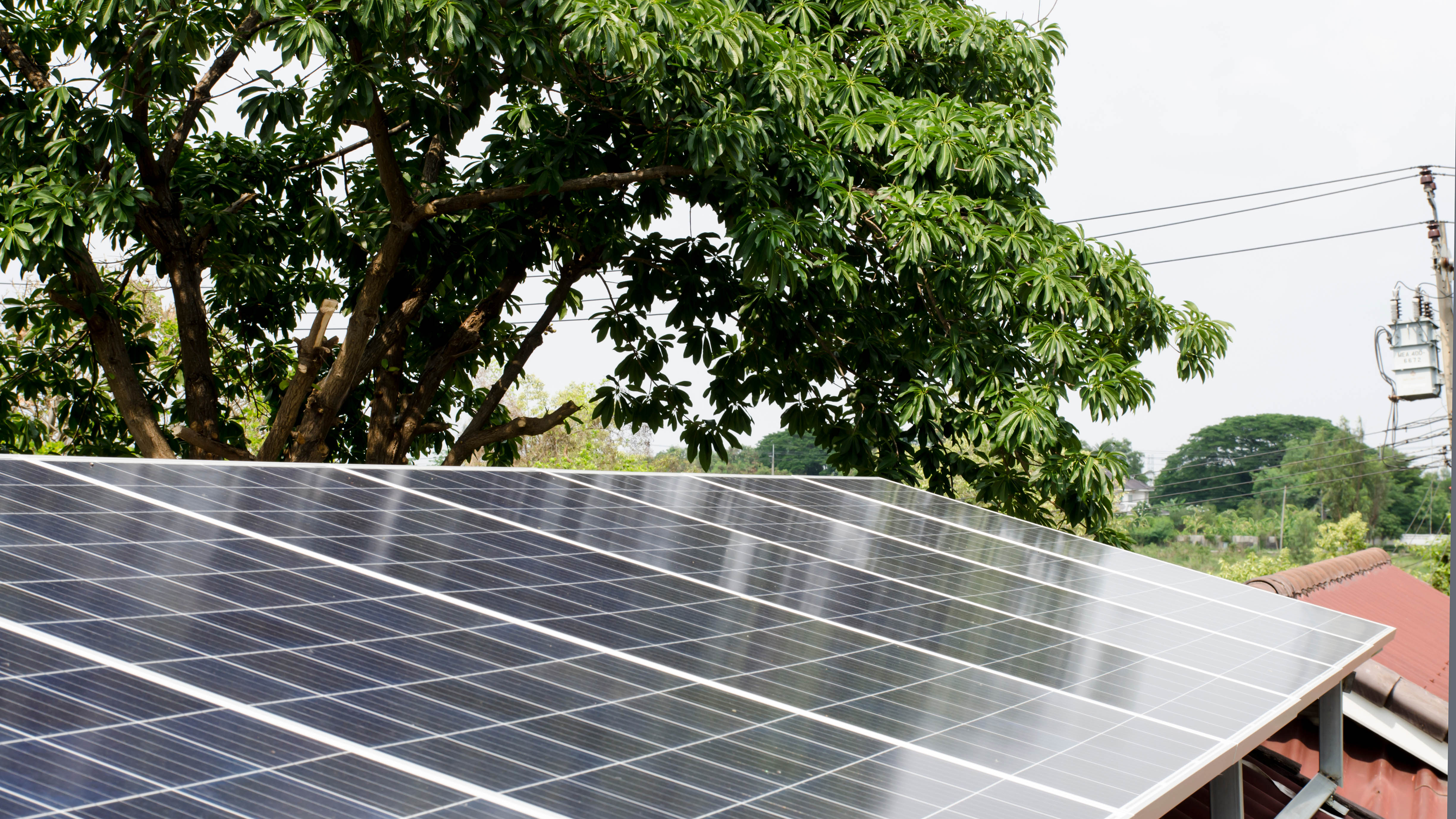Of course, once your panels are installed, that’s not the end of the story. You still need to maintain and monitor your solar panels to get the best efficiency possible. Small changes around the home can impact this as well. If you’re interested to learn more, we’ve pulled together 7 tips and tricks which can help your solar panels save more money and improve the performance too.
1. Clean your solar panels
Yes, that’s right. Even solar panels need to be cleaned once in a while so that they can continue operating at maximum efficiency. As time goes by, dust, dirt and all sorts of debris will coat the panels, which will slowly reduce the performance. In fact, the NREL found that soiling can account for as much as 7% of energy loss.
You don’t need to make a regular habit of cleaning your solar panels, but this should be performed 1-2 times a year. No special cleaning equipment is needed; water and a microfiber cloth should do the trick. However, if your solar panels are on your roof, do not attempt to climb up to do this chore yourself — it’s always best to call in the professionals.
2. Buy a battery to store energy
If you don’t have one already, battery systems are a great way to store excess energy as your panels soak up the sunlight. That way, you can technically keep relying on your solar panels late into the night and don’t have to worry about switching to the main grid as soon as the sun sets. Installing a dedicated battery system also means you’ve got a reserve of energy on those rainy days too.
If you’re interested in purchasing a battery system, contact your solar installer to see which batteries they recommend to pair. Batteries are by no means cheap, but some states offer solar battery incentives.
3. Take advantage when the sun shines

When the sun’s out, you’ve got an immediate and steady supply of free energy. So you should take advantage of that while you can — run your weekly wash, charge your electronics and take your daily shower all while the sun’s shining.
By changing your energy-use habits from night to day, you’re relying less on your local grid, and saving money on your bills as a consequence.
4. Use one appliance at a time

While you will want to take advantage of your solar panels as much as you can, keep an eye on how much energy you’re using at a single time. If you’ve got several appliances running at once, your home may need more energy than your solar panels can provide, and you might end up drawing from your local grid anyway.
Run one appliance at a time to avoid this, and wait until each finishes its cycle before you move onto the next one.
5. Watch your usage via an app

There are all kinds of apps available which can help you monitor your energy consumption around the home. In doing this, you can see any periods where energy use is particularly high and adjust your habits accordingly.
Apps also exist which link up directly to the solar panels. In doing this, you can see when they are exporting the most, and take advantage of the excess energy.
6. Upgrade your appliances
If your house is filled with old appliances, you’re likely spending a lot more energy to power them than necessary. Modern appliances are much more energy efficient, and with the Energy Star certification, they’re typically 10% to 20% more energy efficient than non-rated models. Plus, modern designs can come with eco settings as well, so you can really reduce consumption.
By upgrading your appliances, your solar panels won't have to work so hard. You can also upgrade any incandescent bulbs to some of the best smart light bulbs. This too will save you energy in the long run.
7. Trim back foliage

If you’ve noticed shade has formed on part of your solar panels, you need to work out where it’s coming from. Shade can affect a solar panel’s output and even disrupt the entire system if you’re using a string inverter, so you should remove whatever’s in the way as soon as you can. If trees have grown to the point where they are intercepting the sun, trim them back.
If something non-removable is blocking the light, such as a building, you could alternatively use a microinverter or a DC power optimizer to optimize the energy output from the non-shaded panels.
This article was written by Katie Mortram from Tom's Guide and was legally licensed through the Industry Dive Content Marketplace. Please direct all licensing questions to legal@industrydive.com.